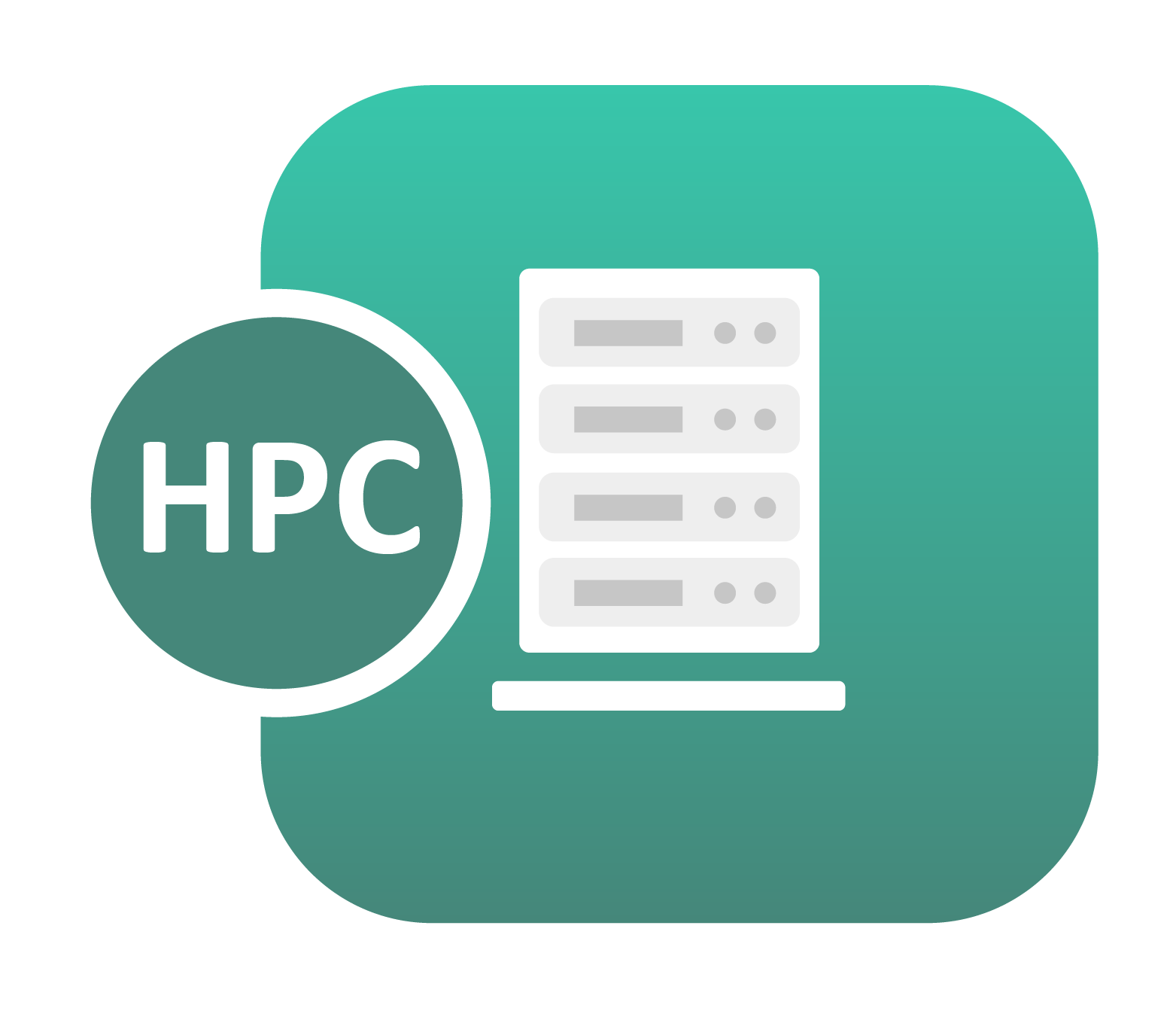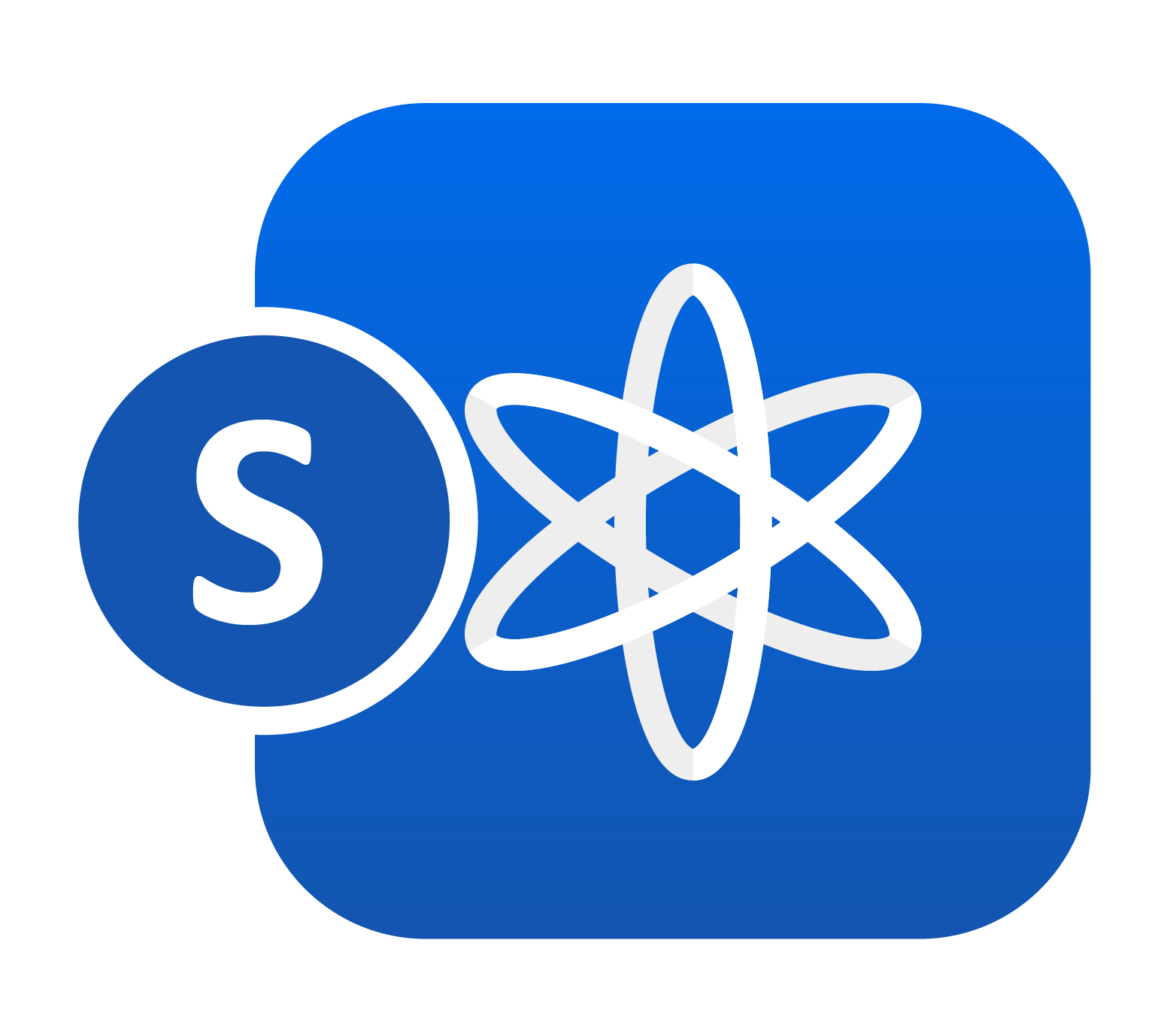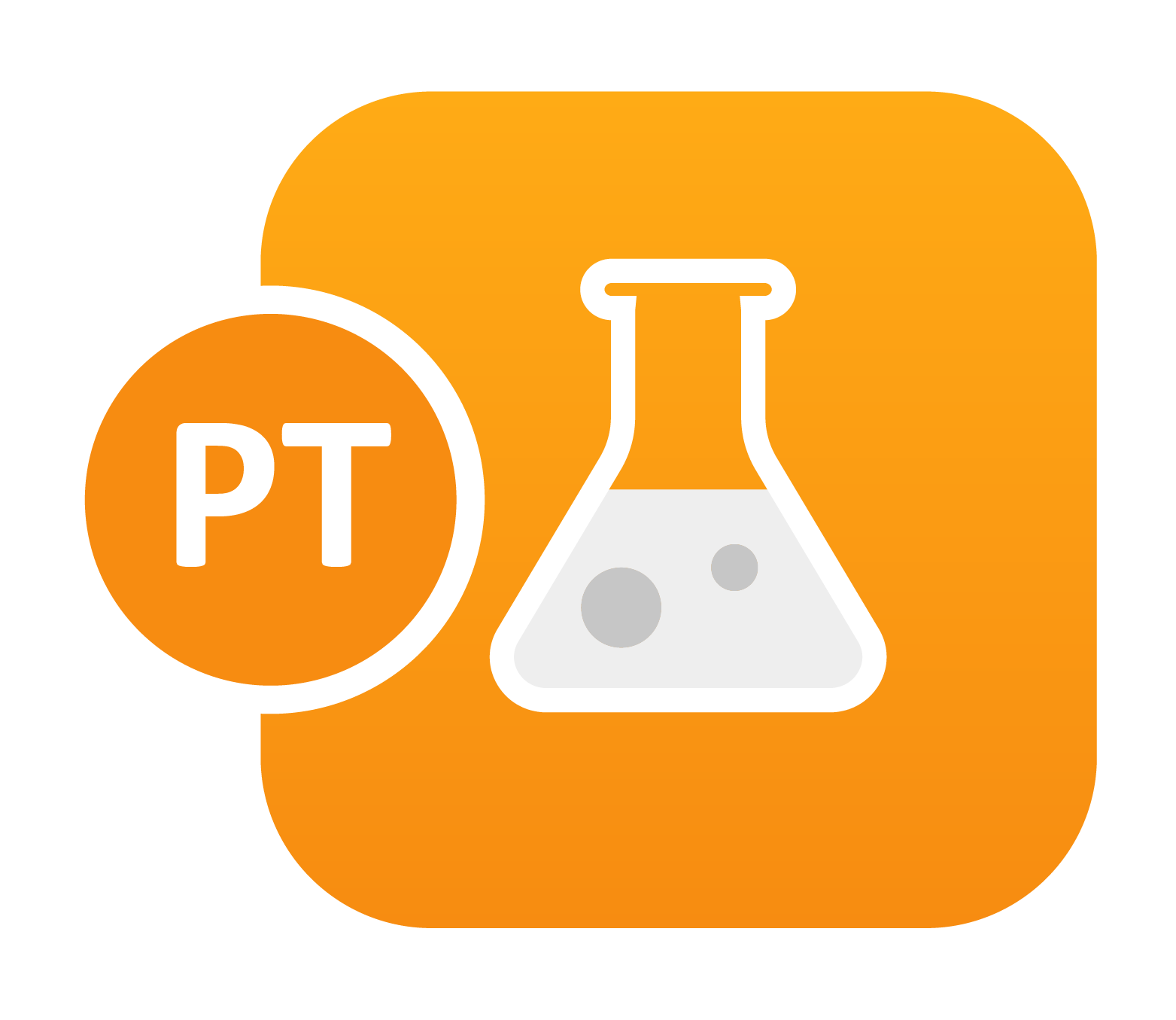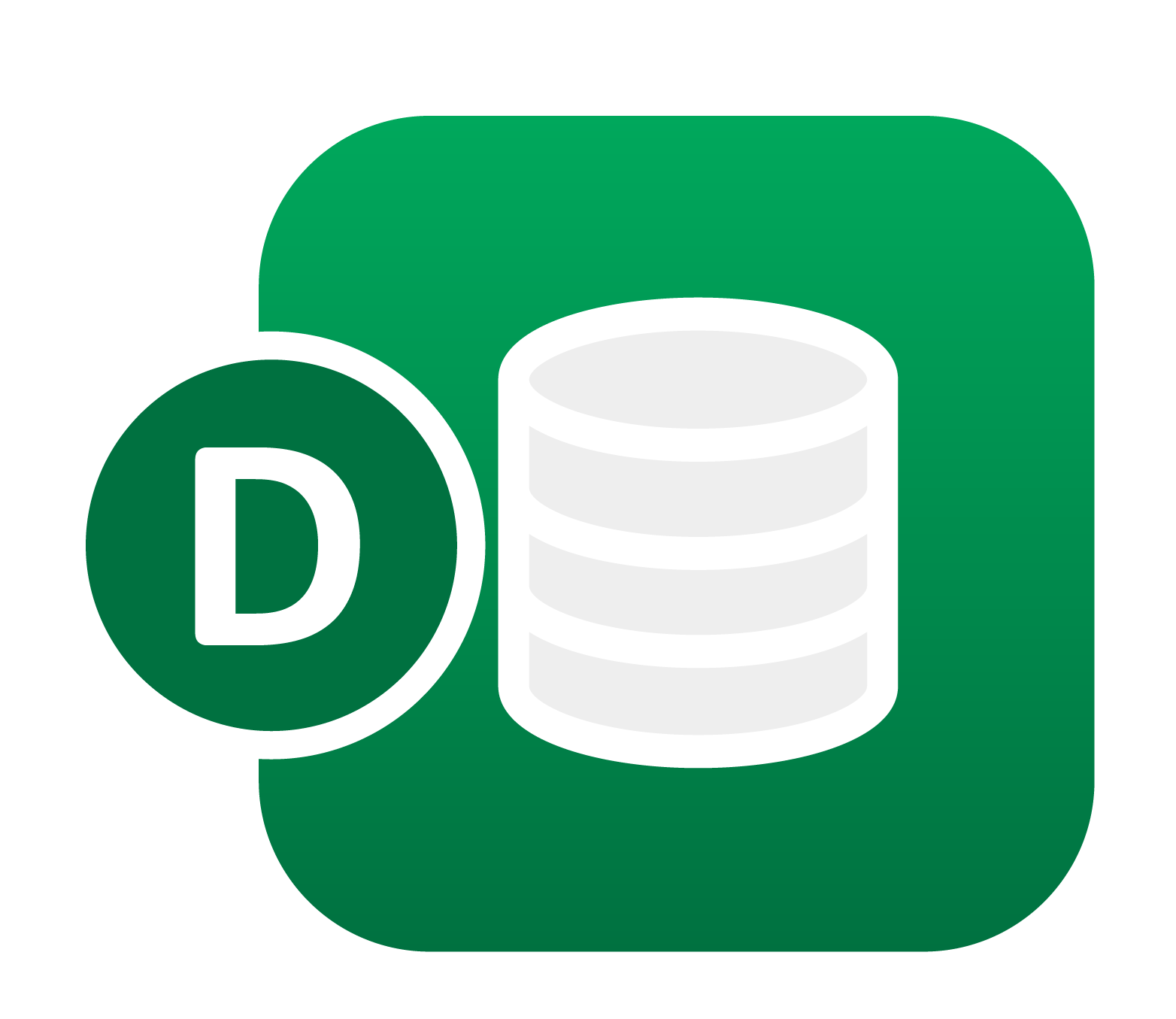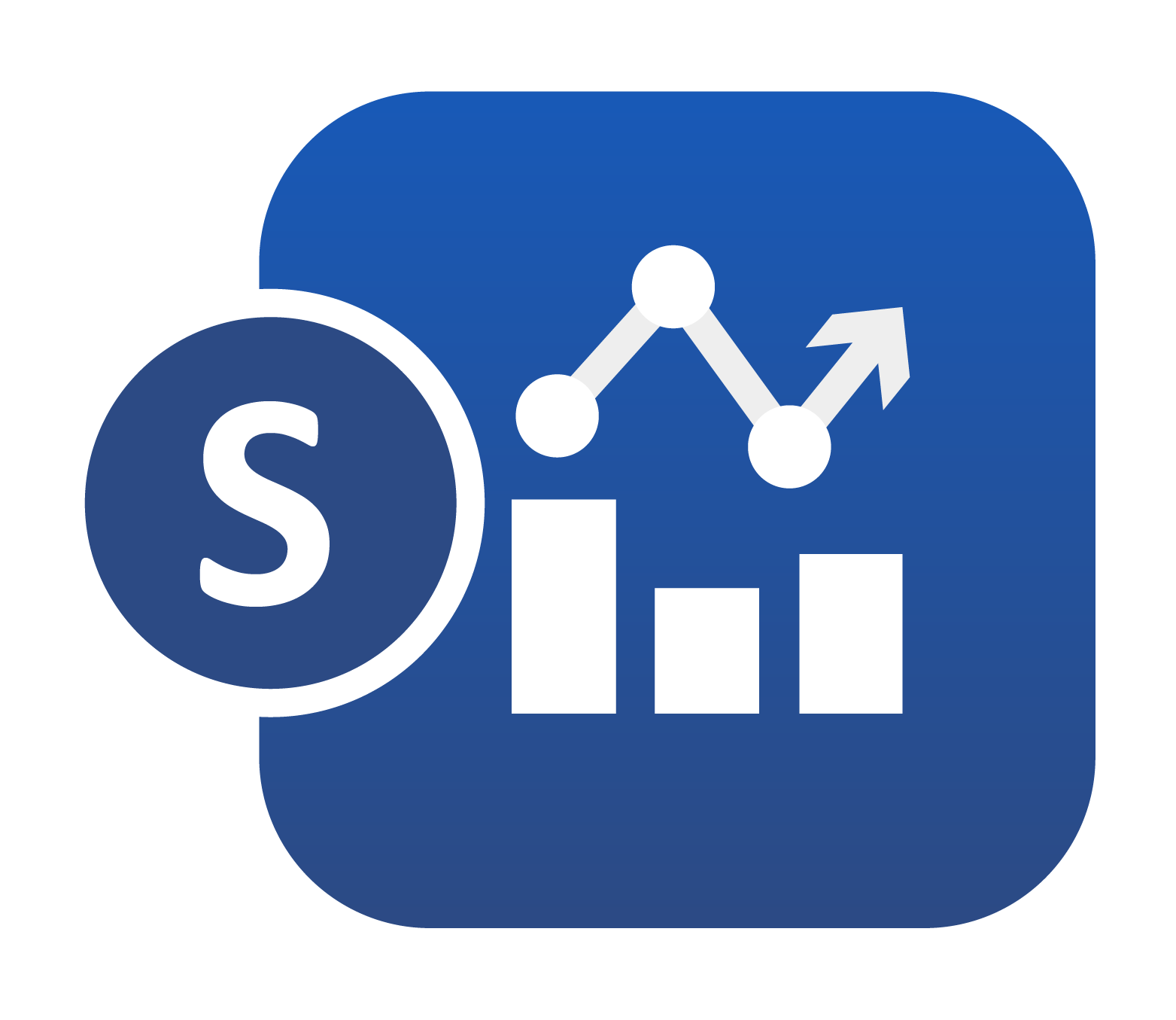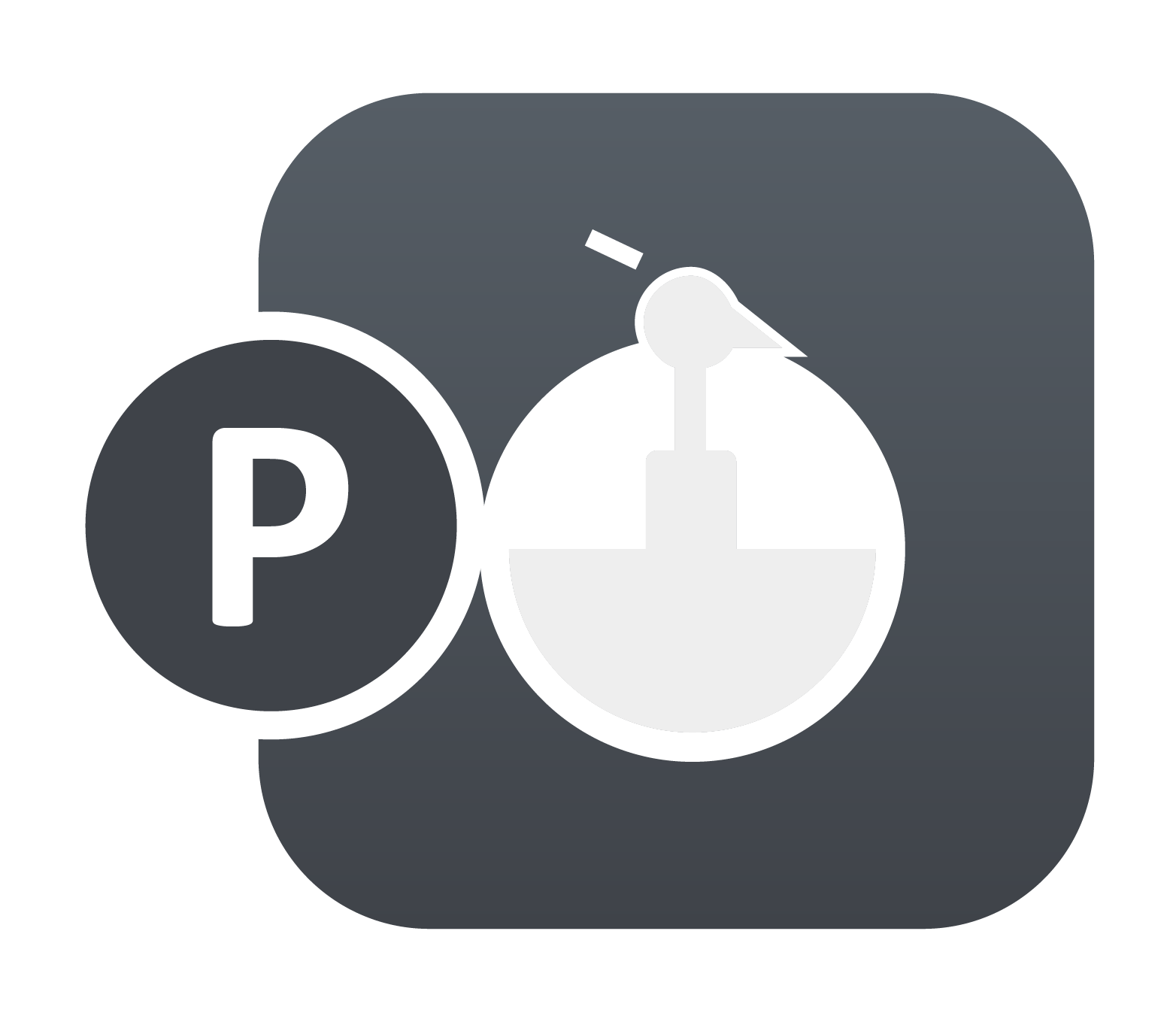Shell, Solid and Beam Formulations for Explicit and Implicit
Control cards are often handy to overwrite local values. A good example would be if we need all parts to use a certain element formulation THEORY which is specified in *CONTROL_SHELL. As with any global control cards that manipulate local values, the global values specified in *CONTROL keywords are used ONLY if the local values…


